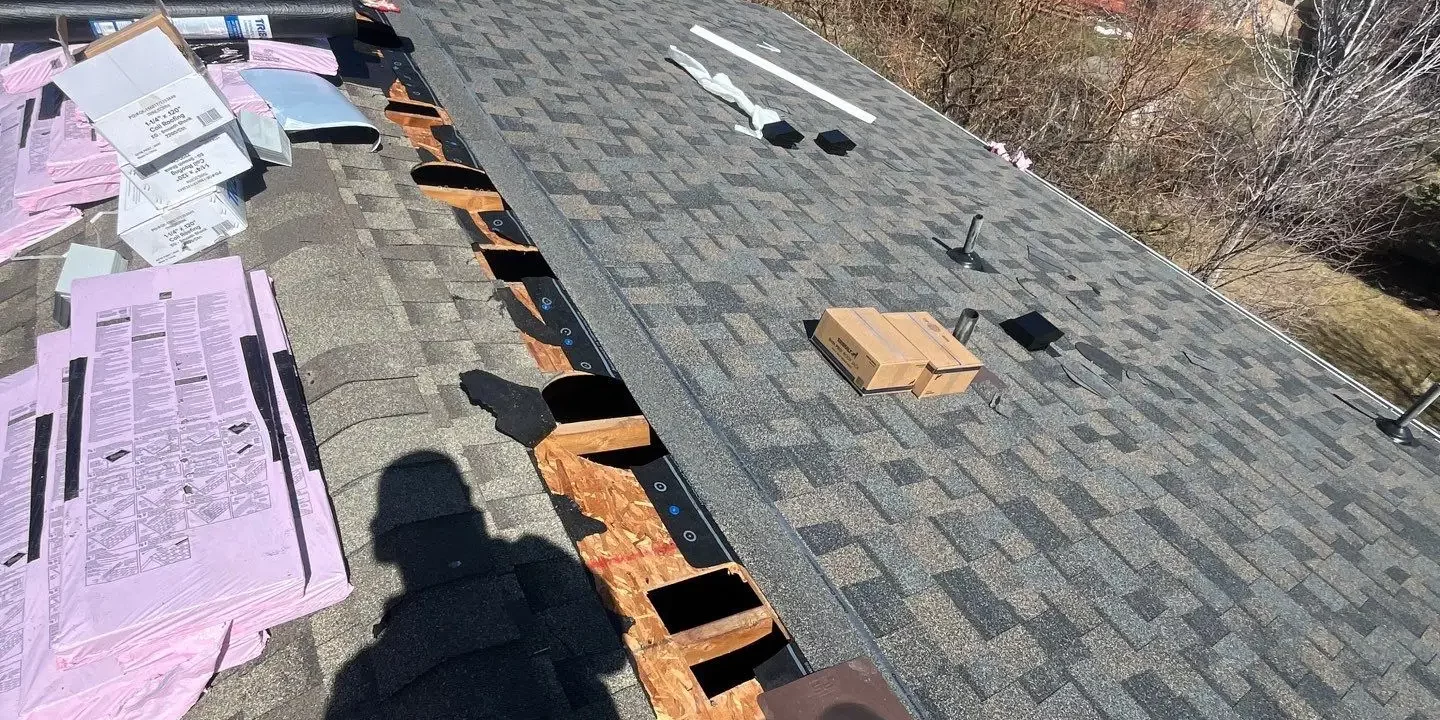Essential Guide to Fall Prevention for Roof Maintenance
Introduction to Roof Maintenance Safety
Understanding the significance of roof maintenance is crucial, especially considering it is the first line of defense against natural elements. Regular inspections and maintenance are key to preserving roof integrity and functionality. This comprehensive guide aims to provide homeowners with the essential knowledge and best practices for safe and effective roof maintenance, ensuring your home remains protected throughout the year.
Comprehensive Ladder Safety
Ladders are indispensable tools in roof maintenance, but they can pose serious risks if not used correctly. Ensuring ladder safety involves several critical steps:
- Stable Setup: Always place the ladder on a firm, level surface. Avoid soft, muddy, or uneven grounds that could cause the ladder to shift or topple.
- Correct Angling: The ladder should be positioned at a safe angle, typically 75 degrees, to prevent it from being too steep or too shallow.
- Appropriate Length: Select a ladder that extends at least three feet above the eave or roofline for secure and comfortable access.
- Buddy System: Never work alone. Having someone to hold the ladder and assist in case of an emergency is vital for safety.
Weather Considerations
Weather plays a crucial role in roof inspection and maintenance. Adverse weather conditions, such as rain, snow, high winds, or extreme temperatures, can increase the risks associated with roof work. It’s imperative to schedule your roof maintenance on a clear, calm day to ensure maximum safety.
Strategic Inspection Planning
Navigating a roof requires careful planning and awareness:
- Edge Awareness: Always be aware of your proximity to the roof’s edge. Avoid getting too close to prevent accidental slips or falls.
- Obstacle Navigation: Be mindful of roof features like vents, chimneys, and skylights. Plan your route to avoid tripping hazards.
- Regular Breaks: Take frequent breaks, especially on hot days, to prevent fatigue and overheating.
Understanding Roof Construction
The design and construction of your roof play a significant role in determining the safest approach for maintenance:
- Roof Pitch: Steeper roofs require additional safety measures, such as roof anchors or harnesses.
- Material Composition: Different roofing materials (shingles, tiles, metal) have distinct characteristics that affect traction and walkability.
Assessing Structural Integrity
Before proceeding with any roof work, assess the roof’s structural integrity. Signs of damage, like sagging or visible cracks, can indicate weakened areas that may not safely support your weight. In such cases, it’s best to consult a professional.
Professional Assistance
When in doubt, it’s always advisable to seek the expertise of a professional roofing company. GCCS Roofing, Inc., based in Littleton, CO, offers comprehensive roofing services, ensuring your roof is inspected, maintained, and repaired by skilled and experienced professionals.
Conclusion
Effective fall prevention and safety measures are vital components of roof maintenance. By adhering to these guidelines, homeowners can confidently undertake roof inspections and maintenance, ensuring their safety and the longevity of their roofing systems.







